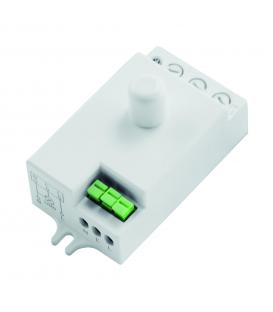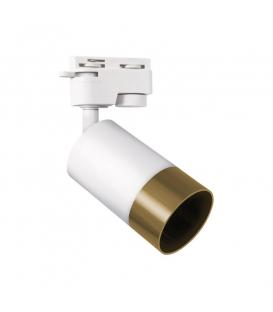Traffic signal lamps LED halogen incandescent bulbs

Traffic signal lamp bulbs are the light sources used within traffic signal fixtures to emit the different colors of light that convey specific instructions to drivers and pedestrians at intersections and roadways. These bulbs are designed to be highly visible, durable, and energy-efficient, making them suitable for continuous operation in various weather conditions. Different types of bulbs are used for each color of the traffic signal.
- Incandescent Bulbs: Traditional incandescent bulbs were historically used in traffic signals. They emit light when an electric current passes through a filament, heating it until it produces visible light. Red, yellow, and green lenses are placed over the incandescent bulbs to filter the emitted light and create the desired colors. However, incandescent bulbs are relatively energy-inefficient and have a shorter lifespan compared to newer technologies.
- Halogen Bulbs: Halogen bulbs are a type of incandescent bulb that uses a halogen gas mixture to increase the bulb's efficiency and lifespan. They produce a brighter and whiter light than standard incandescent bulbs, making them suitable for traffic signal applications. Halogen bulbs are still used in some areas, but they are gradually being phased out in favor of more energy-efficient options.
Light Emitting Diodes (LEDs): LEDs have become the most common and preferred choice for modern traffic signal lamps due to their numerous advantages. LEDs are semiconductor devices that emit light when an electric current passes through them. They offer several benefits, including:
- Energy Efficiency: LEDs consume significantly less energy than incandescent bulbs, resulting in reduced electricity consumption and lower operational costs.
- Longevity: LEDs have a much longer lifespan than incandescent bulbs, often lasting tens of thousands of hours before needing replacement. This reduces maintenance and replacement costs.
- Instant On/Off: LEDs can turn on and off almost instantly, allowing for quicker signal changes and improved traffic flow control.
- Color Precision: LEDs emit light of a specific color without the need for colored lenses, resulting in more accurate and vibrant signal colors.
- Durability: LEDs are solid-state devices, making them more resistant to shock, vibration, and environmental factors.
- Dimming and Control: LEDs can be easily dimmed or controlled, allowing for adaptive brightness levels based on ambient light conditions.
In LED traffic signal lamps, clusters of individual LED elements are used to create the required signal colors. Red, yellow, and green LEDs are arranged in precise patterns to form each signal aspect. LED traffic signals can also incorporate features like countdown timers for pedestrians, increasing safety and efficiency.
The transition to LED technology has been widely adopted around the world, as it provides a more sustainable and cost-effective solution for traffic signal lighting. It improves overall visibility and safety for road users while reducing energy consumption and maintenance efforts for traffic management authorities.
To increase the reliability and availability, signal and traffic lamps are also available with an additional “secondary filament”.
Benefits:
- Exact light centre position for optimum adjustment in the equipment
- Long lamp life time for efficient operation of signalling systems
- High reliability to avoid expensive delays to train schedules
Areas of application
- Railway traffic signalling systems
Browse our "Traffic signal lamps" collection
Traffic Signal Lamps: LED, Halogen & Incandescent Bulbs
- 16,09 €Illuminate your traffic signals with the Lamp 1456 25W 40V BA20d, a unique and efficient solution in our range of...
- 13,52 €Illuminate your streets with the Lamp 62165 50W 10V BA15d, a standout in our traffic signal lamps category....








